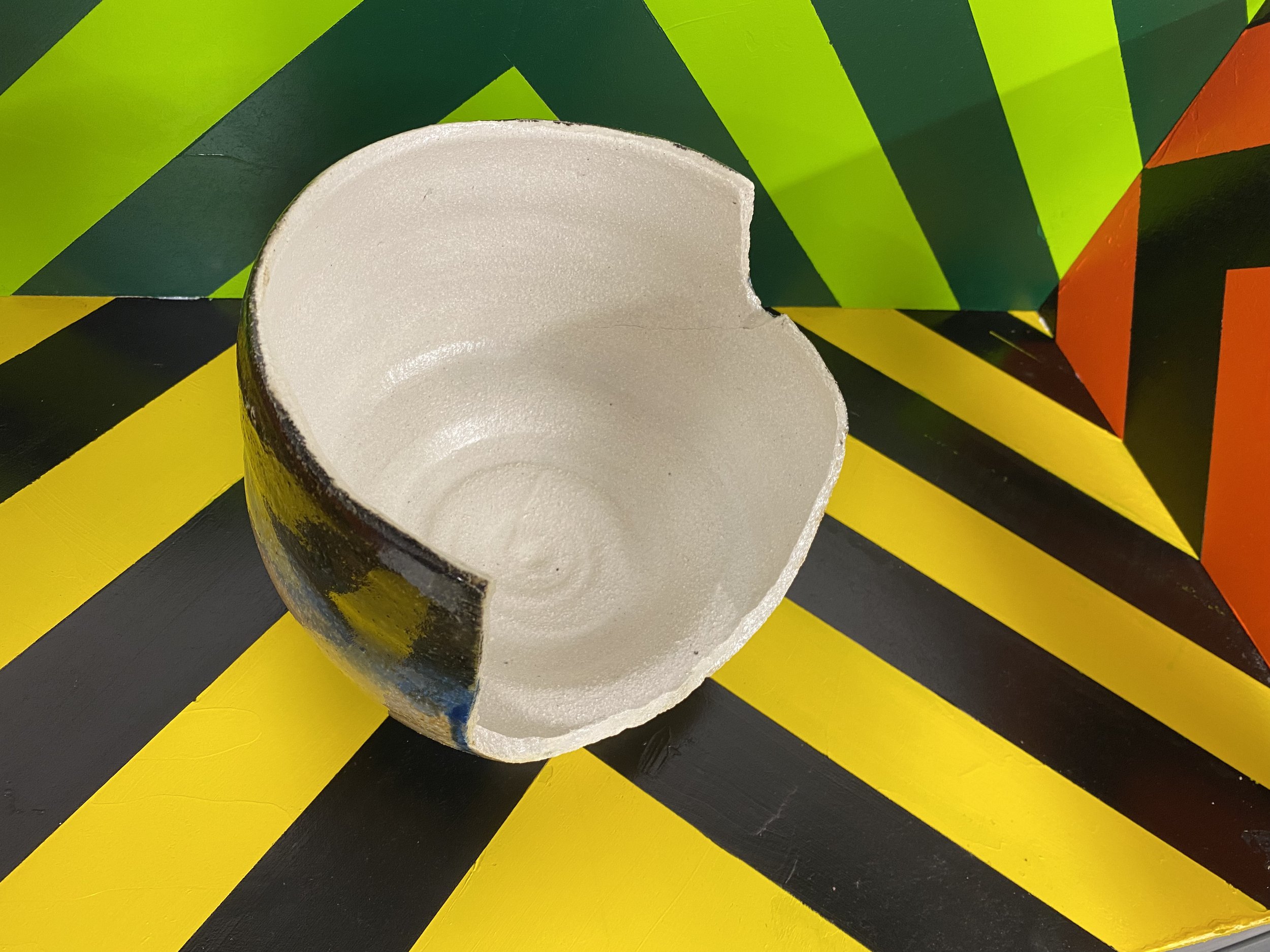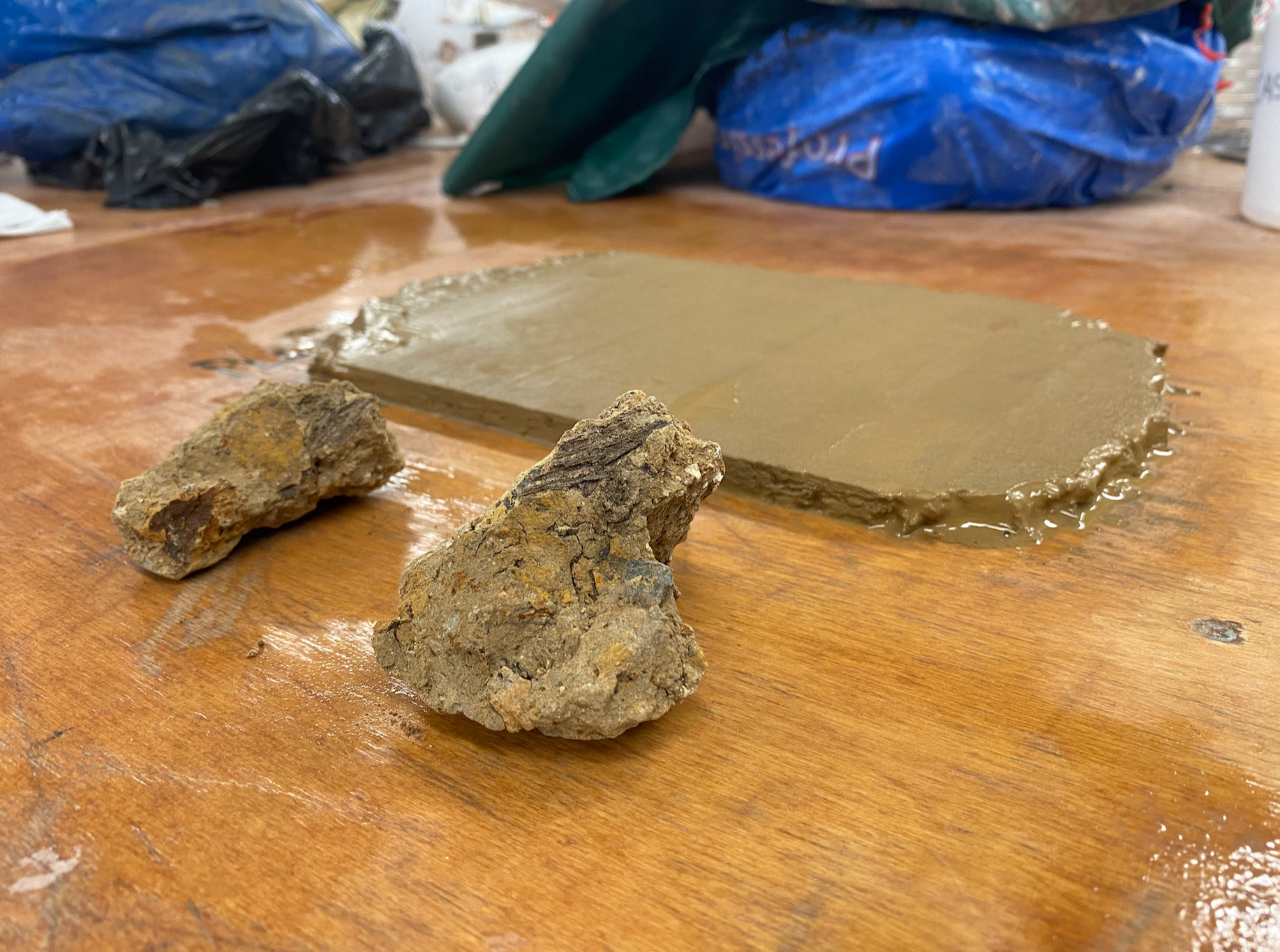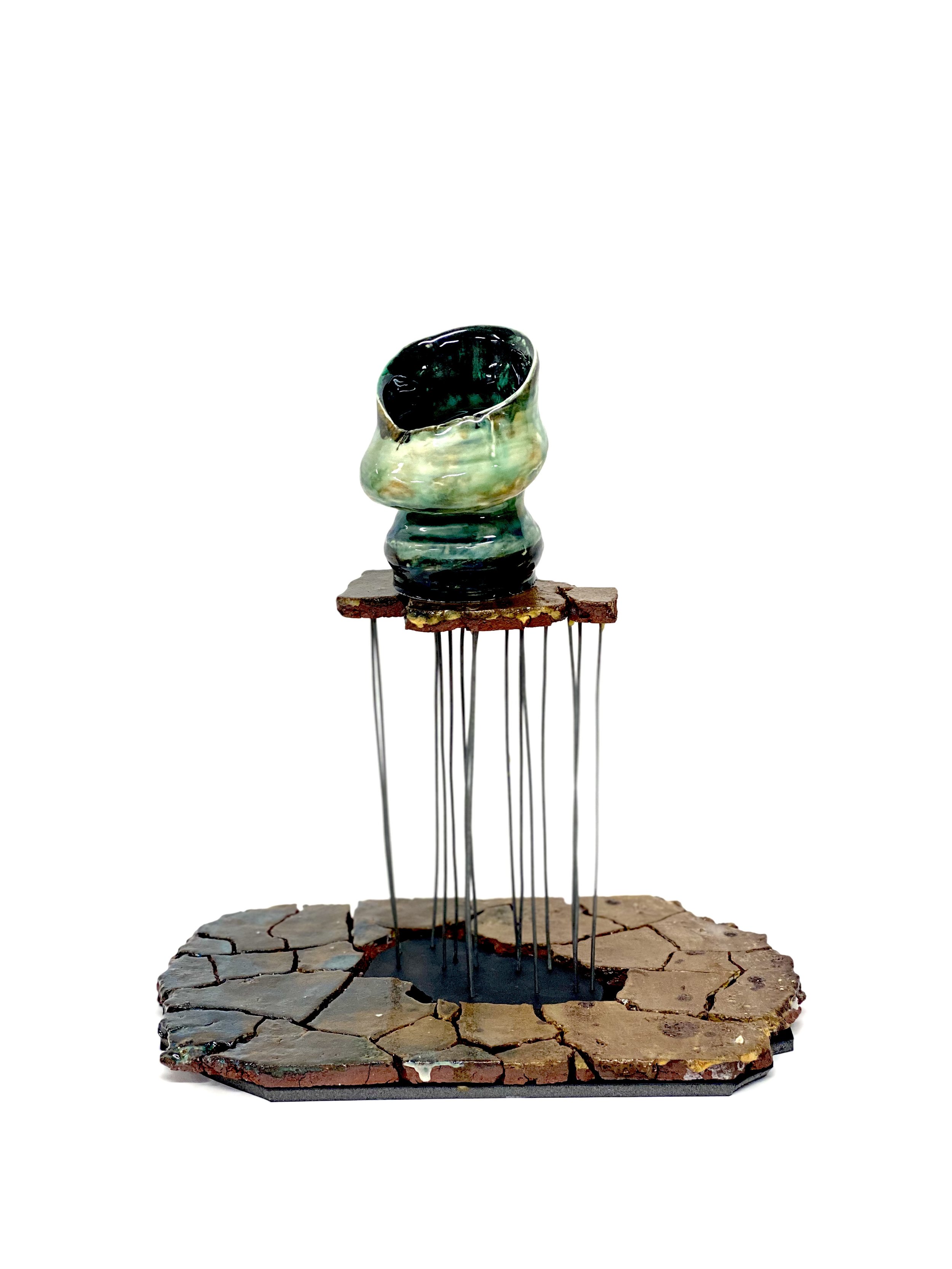Spaces in Places: Revelations Within the Fissure.
Is something ever really broken? What happens after the function has been converted into obsolescence beyond purpose? One position I can state about my work is that it is deliberately non-functional. Martin Heidegger said we only notice the hammer when the useful thing’s handiness is interrupted.[1] Until that moment, we only come into contact with the object in a form that keeps in reserve a latency of meaning and further inquiry. The interruption, for Heidegger, allows access to the inner worldliness via a removal, due to the break, of an “unyielding objective presence.” [2] The conspicuousness of what Graham Harman calls the ‘allure’, or Walter benjamin’s ‘aura’, can now be paid attention to; now that the objective element has been removed, we can access that we have become desensitized too. When the hammer is being used to take care of the world, it is “in this familiarity Dasein can lose itself with what is encounters within the world and be numbed by it.” [3] So, it is this theoretical approach that I frame the process of investigation via an ontological reasoning of things beyond purpose. Another statement from Heidegger tells us that “when this totality (usefulness, purpose, or function) is broken, the presence of beings is thrust to the fore.” [4]
Click on images and hover the cursor over the image for further text and evaluation.
In my dissertation, I am investigating object relations. My findings thus far have employed an Object-Oriented Ontology approach. Working within this framework, I am constantly searching for ways to express my relations to material. It is then critical to investigate how the work manifests and adopts its own relations, whether that’s with space, an audience or just other artworks. With my ceramics and sculptural work, The work I produce answers the the question ‘How do things come into contact with things?’, and what reserve can we find to further a philosophical understanding of being in the world of things, concepts, systems, ideas etc. When something stops working, we are thrust into a new state of being, that new state changes our ‘response-ability.’ Now, this is where my work embodies the potentiality of unveiling and the potency of the gap, fissure or moment of the accident, and in what ways that can influence our relationships to materiality. Embracing this approach to openings, gaps and fissures, I find I am best able to manipulate -what Jacques Rancière refers to as immanence. [5] For me, what is vital is what is missing. This removal, happening, or occurrence is demonstrative of my demands on the materials I chose to utilize in a way that produces what I am looking for in the production. The process of making is always leading to what the final work should do. Through ‘making as research’, I am trying to discover how I can come to the point of arbitration between my skills and the difficulties of the clay bodies that I have, thus far, chosen to employ.
It is important, that when I start throwing on the wheel, I remove all traditional purposes of what a vessel should be. I am deliberately working toward a non-functional artefact. Although the group of ceramics I am choosing to manifest, as a long term way of researching through making, take on the form of pottery, - cylindrical, extruded and containing bases, I am using each piece to answer how the object embodies purpose. In this case, its intrinsic that the work tackles two key themes. Presentation and display. This theoretical approach through making, looks to deal with artistic practices. In particular, the plinth, display case or any other raised surface that brings work up to meet the audience it inhabits the space with. I am still not sure at this stage how to resolve this. And whether, the ceramics will be given a chance to become part of some final project. Any hesitation to display them has to be taken as weakend confidence in my considerations as to whether they are impactful and challenging enough to a viewer. Having said that, of the many and varied conversations I have with peers, tutors, and even the MA Ceramics students over the summer, these ceramic artefacts are not something many have seen done. Especially in the way I am looking to ‘house’ or ‘site ‘ the works. What I mean by that is, working with the accident to produces something different. This is why, for these ceramics, they are sculpture. And what these sculptures do, is allow us consider terrains, landscapes and emergent worlds. During the summer months using the ceramics studio with Romi and Bella (MA students 20/21), and in constant consultation with Harvey Reehal (Ceramics Studio Technician), I was able to foster an approach of experimentation in my process. Again, I remember seminars with Patrick Brill from year one, where he would espouse that Dadaist attitude of “what if?”
It is the ‘what if’ that influences the way I undulate between moments, seconds and occurrences that yield a potential outcome that is a combination of my stewardship of the material and the materials generosity in return. The resultant work, warrants further inquiry, urgency and observation of the removed, yet to be, or undetermined.
[1] See Martin Heidegger, Being and Time, (New York: SUNY Press, 2010), § 16: 73-77 (see Un-handiness) p. 72–76
[2] Ibid p. 73
[3] Ibid. p. 75
[4] Ibid. p.75
[5] Jacques Rancière, The Emancipated Spectator, (London: Verso, 2021) pp, 51–56.
[6]

![Deleuzian Plateaus (2021) [Working Title]](https://images.squarespace-cdn.com/content/v1/59945a49c534a5d0de35b982/1648038986409-F46V716PEZXSURPOGYC6/WhatsApp+Image+2021-08-25+at+10.41.43.jpeg)








